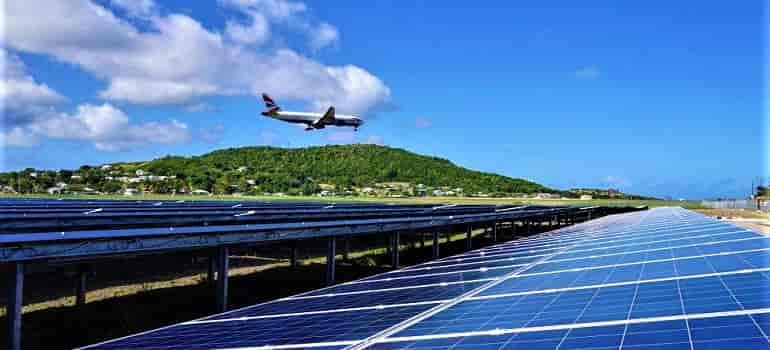
By the end of January , people in Bengaluru will reportedly be able to log on to the BESCOM (Bangalore Electricity Supply Company Limited) website and calculate the practicality of installing a solar panel on their respective rooftops .This will allow Bengalureans make the most out of the abundance of solar energy available.
According to The New Indian Express the tool has been developed by the think tank, Center for Science Technology, Environment and Policy (CSTEP), after conducting an aerial survey using Light Detection and Ranging (LiDAR) technology.
The project involved using aerial Light Detection and Ranging (LiDAR) technology to develop high resolution 3D maps of the city including building heights and neighbouring obstacles such as trees, other buildings, poles, billboards, etc.
Saptak Ghosh, a research scientist, CSTEP, speaking to the publication said, “The consumer has to log into their BESCOM account to use the tool. It will automatically direct you to your location with high-resolution images of your roof. Each roof has a different gradient, with sloping, flat and elevated areas. A resident can select part or whole of the roof and accurately assess the feasibility of having a solar photovoltaic system installed on their rooftop.”
“How much capacity can be installed, how much power can be generated per year, and the business return, will be calculated by the tool. There is also a radiation profile. For example, the yellow area points to the best spot to have the solar panels installed. Dark red would mean it is not as good to install the panel there. After the user enters the inputs, we are aiming for our server to generate results in less than half a minute,” added Ghosh.
The report states that, while the tool will be available for use by the end of January, consumer data and sanctioned load for all the areas of the city are yet to be supplied by BESCOM. CSTEP will add the necessary data gradually, making it more user-friendly after a few months.
The aerial data gathering flights started on February 19, 2018 and the last flight took off on March 6, 2018, after 15 days of flying. This exercise was carried out by Geokno India Pvt. Ltd. The results obtained from the tool will be used to identify the most suitable rooftops in the Bengaluru area to achieve the 1 GW of rooftop solar capacity target, by 2021-22.
